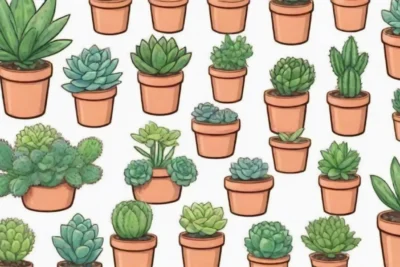
The Influence of Temperature on Succulent Growth Patterns
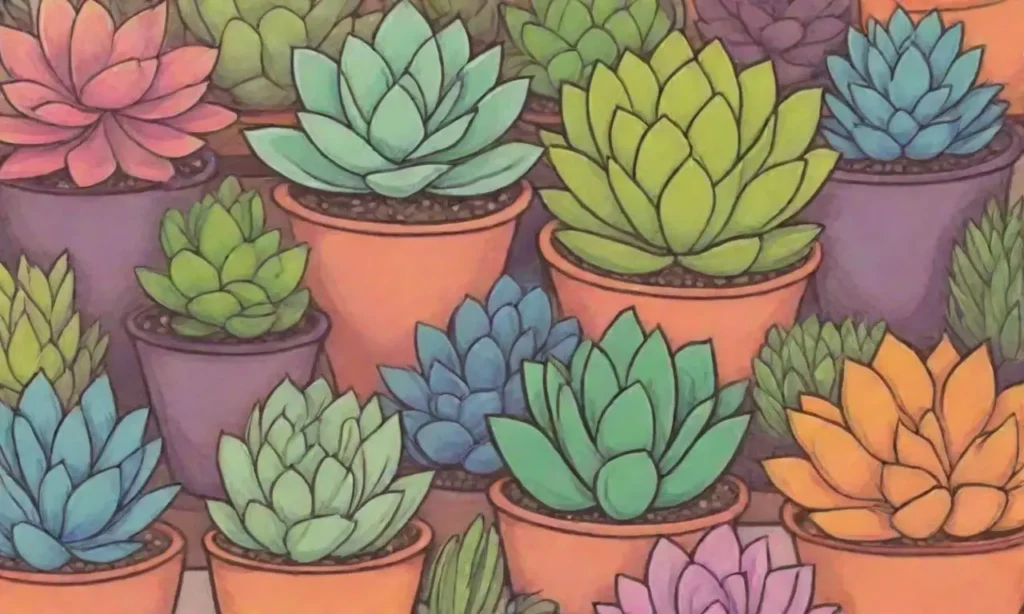
Introduction
Succulents, with their captivating forms and remarkable ability to retain moisture, have gained immense popularity in gardening, interior design, and even landscaping. These versatile plants belong to various families, but they all share one key feature: their fleshy tissues that allow them to thrive in arid conditions. However, despite their hardy nature, succulents demonstrate varying growth patterns influenced by temperature—a crucial factor in their development and overall health.
This article aims to delve deeply into the intricate relationship between temperature and succulent growth patterns. We will examine how temperature fluctuations impact their physiological processes, adaptations, and growth behavior. Through a careful exploration of scientific studies and practical applications, we shall uncover the complexities of how temperature shapes the lives of these resilient plants.
Understanding Succulent Physiology
Succulents are categorized by their ability to store water in specialized structures, which enables them to survive in environments with scarce water availability. The unique physiological adaptations of succulents significantly influence their growth, and temperature plays a pivotal role in these adaptations.
Photosynthesis and Temperature
Photosynthesis, the process by which plants convert sunlight into energy, is fundamentally influenced by temperature. Succulents typically utilize a modified form of photosynthesis known as Crassulacean Acid Metabolism (CAM). This adaptation allows them to open their stomata during the night to minimize water loss while capturing carbon dioxide, which is utilized during the day for energy production.
In conditions of high temperature, succulents may face stress that can potentially reduce the efficiency of their photosynthetic processes. Higher temperatures can increase the rate of transpiration—water loss through stomata—leading to dehydration. In turn, this could trigger a series of responses, such as the closure of stomata for extended periods, ultimately impacting growth as the plants struggle to acquire sufficient carbon dioxide.
Conversely, during cooler conditions, succulents may have optimal growth rates as they can utilize water and carbon dioxide more effectively. When temperatures hover within a suitable range, photosynthesis can occur at a steady pace, supporting healthy growth and development.
Growth Rates and Temperature Variability
Temperature variability greatly impacts the growth rates of succulents. Optimal temperatures for most succulents are typically between 70°F and 85°F (21°C to 29°C). Within this range, growth can be vigorous, with healthy leaf expansion and the production of new offsets. However, deviations from this range can dramatically alter growth patterns.
 Tips for Encouraging Robust Growth in Your Succulents Indoors
Tips for Encouraging Robust Growth in Your Succulents IndoorsFor example, when subjected to consistent high temperatures, succulents may enter a state of dormancy, slowing down or halting their growth. In this state, the plants focus on survival, conserving resources rather than investing them in growth. Conversely, during cooler temperatures, many succulents can experience slowed metabolism but may initiate a growth pattern if temperatures are not too extreme. This adaptation allows them to thrive in unpredictable climates by entering a state of rest until more favorable conditions arise.
The Role of Temperature in Environment and Habitat
The natural habitats of succulents vary widely, impacting their growth responses to temperature. Understanding the origin of a succulent species can provide insights into how temperature affects its growth patterns.
Native Climates and Adaptations
Most succulents are native to arid or semi-arid environments, where they are accustomed to fluctuating temperatures. For instance, many cacti originate from deserts with extreme temperature variations between day and night. These plants have developed unique adaptations that allow them to endure harsh conditions, such as thicker skin and more robust water storage capabilities to cope with the intense heat of the day and cooler nights.
In cultivation, it is essential to recognize that a succulent's growth response will depend heavily on replicating its native conditions. A species that hails from a cooler mountainous region may struggle to thrive in consistently high temperatures, while a desert-dwelling species may excel in similar conditions. Growers often face the challenge of creating environments that cater to the diverse requirements of various succulent species, with temperature serving as a critical factor in this equation.
Greenhouse and Indoor Conditions
In controlled environments, such as greenhouses and indoor settings, temperature can be managed more easily. Gardeners often utilize heating and cooling systems to create ideal conditions for their succulents. A greenhouse can simulate the natural environment of succulents by ensuring consistent temperatures within an optimum range.
Nonetheless, fluctuations in indoor temperatures, often caused by external weather conditions, can still impact succulent health. For instance, if the temperature dips too low at night or rises too high during the day due to sunlight exposure, it can instigate stress responses in these plants. Consequently, careful monitoring and adjustments are necessary to maintain the best growth environment for indoor and greenhouse cultivations.
Long-Term Implications of Temperature on Succulent Health
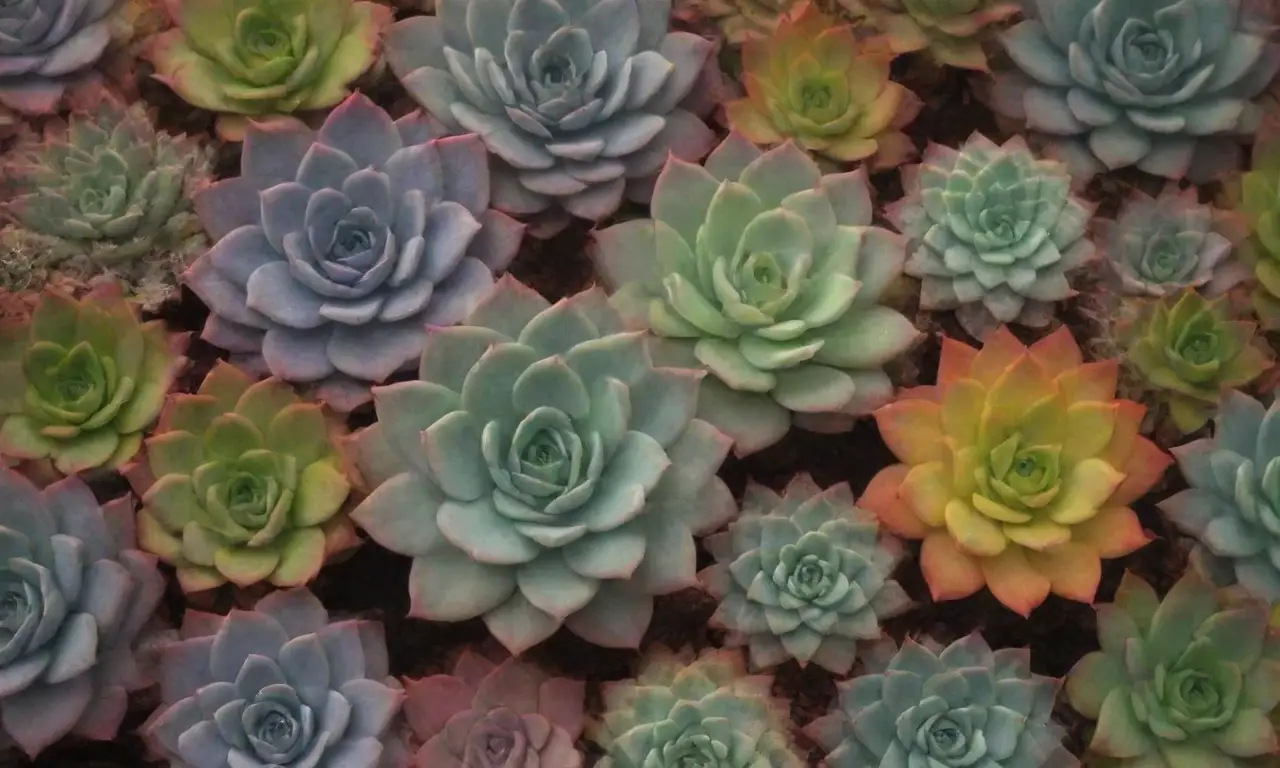
 Uncovering the Unique Growth Forms of Rare Succulent Varieties
Uncovering the Unique Growth Forms of Rare Succulent VarietiesAs climate change continues to alter natural ecosystems, the long-term implications for succulent growth patterns become increasingly significant. Observing how succulents react to gradual temperature changes can provide insights into their adaptability and resilience.
Resilience to Heat Stress
With rising temperatures globally, succulents may demonstrate varying levels of heat resilience. Certain species can adapt to higher temperatures, but they may not be immune to the biological stress associated with prolonged exposure. Heat stress can lead to issues such as leaf burn, where the tissues become damaged due to excessive sun exposure, or sun scorch, wherein the delicate cells dry out, leading to unsightly leaf damage.
Understanding which succulent species can withstand elevated temperatures is vital for preservation and propagation. Research indicates that some succulents, like the Haworthia and Aloe species, exhibit greater heat tolerance and may serve as potential candidates for cultivation in warming climates.
Breeding and Cultivation Strategies
As temperature-related challenges escalate, successful breeding and cultivation strategies focused on ensuring temperature tolerance become increasingly important. By selecting for traits such as thickened leaf structures or effective water retention capabilities, gardeners and scientists can work towards developing succulent varieties that thrive even as climate patterns shift.
In this context, adopting methods such as controlled hybridization can be beneficial for creating new succulent varieties that incorporate desirable characteristics. Through careful cultivation practices, researchers can engineer succulents suited for various climatic conditions, paving the way for future generations of healthy, robust plants.
Conclusion
In conclusion, the intricate relationship between temperature and the growth patterns of succulents is profound and complex. As we have explored, both physiological factors and environmental contexts play significant roles in how these unique plants adapt and thrive. From understanding how temperature influences photosynthesis and growth rates to examining the challenges posed by climate change, it is clear that a comprehensive approach to succulent cultivation is essential for success.
As temperatures continue to fluctuate, succulents will be required to adapt further, underscoring the necessity for research and strategic cultivation practices. Gardeners, horticulturists, and enthusiasts alike can contribute to the resilience of these remarkable plants by staying informed about the nuances of temperature dynamics and their implications for growth.
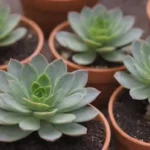 Tailoring Your Care Routine to Various Succulent Growth Patterns
Tailoring Your Care Routine to Various Succulent Growth PatternsBy recognizing the temperature sensitivity of succulents, we can foster an appreciation for their resilience and adaptability, ensuring that they not only survive but flourish in a changing world. Whether you're a seasoned grower or a casual enthusiast, understanding the influence of temperature on succulent growth patterns grants you the tools necessary for success and sustainability in nurturing these fascinating plants.
If you want to read more articles similar to The Influence of Temperature on Succulent Growth Patterns, you can visit the Growth Patterns category.

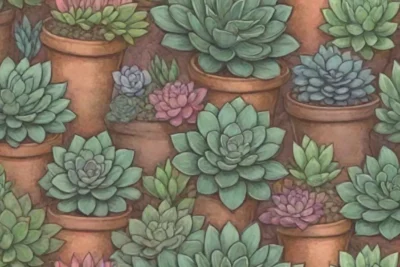
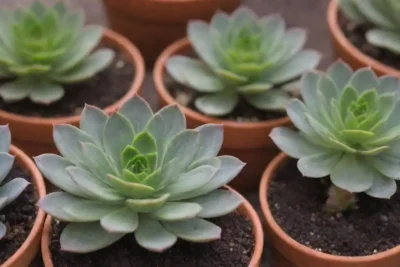

You Must Read